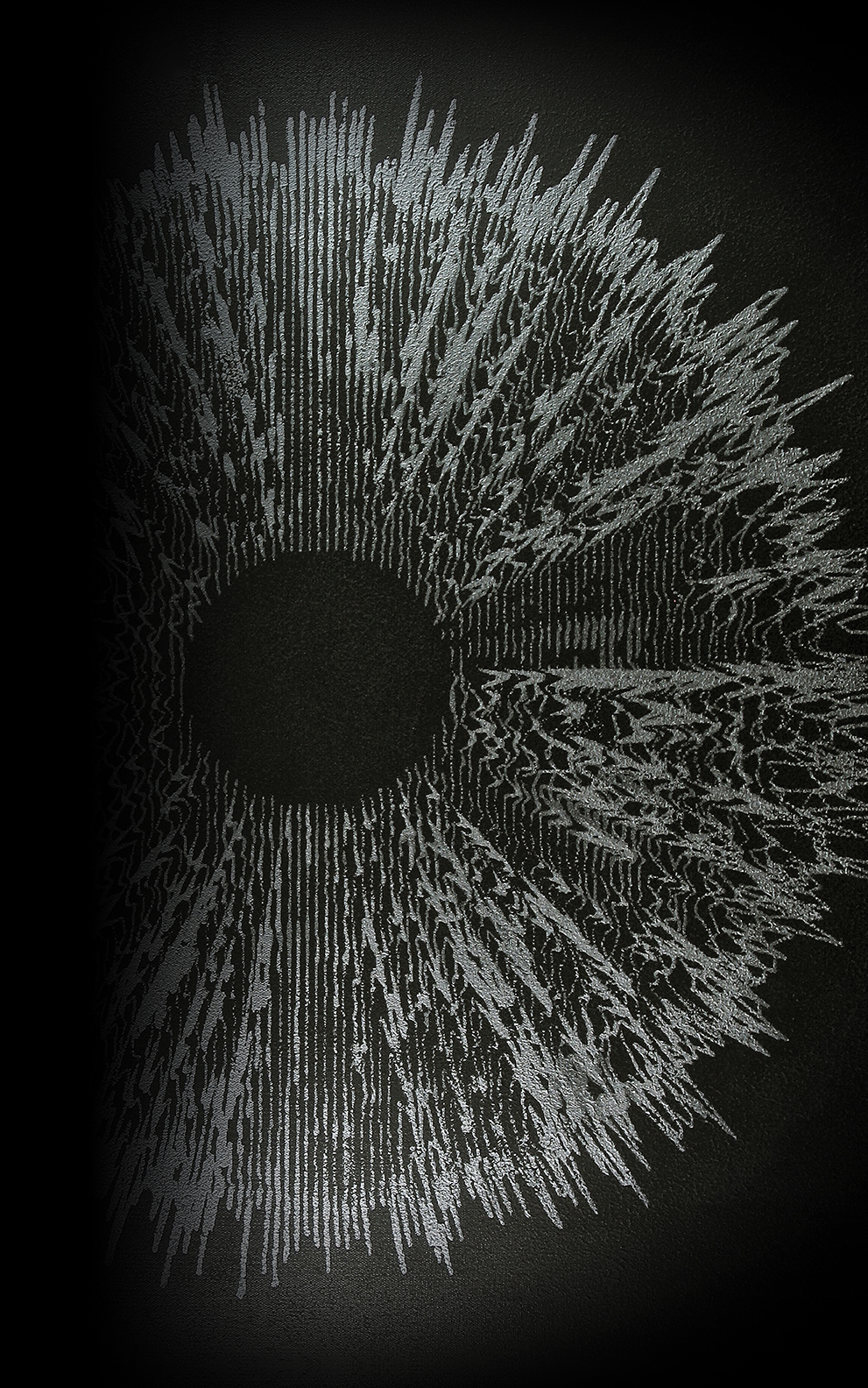At Panoramic House, we have various EQ modules installed in the 500-series slots of our API 1608 console [Tape Op #81]. Until recently, none of them had sweepable frequencies. I love the sound of the API 550 EQ, but I find it frustrating when I want to make a cut at a frequency that's in-between the 550's fixed points. When I'm EQ'ng drums, for example, I want to focus in on problem frequencies. Sweepable controls, like those on parametric EQs, are necessary for this style of surgical cutting. I started using the parametric EQ from the UAD SSL 4000 E Channel Strip plug-in for this reason, but I've only worked on a real SSL desk once, as my background is more in working-class studios. I really like the SSL plugin's musicality and ease of use. I figured if the plug-in sounds good, the hardware would sound even better, so I got a pair of SSL 611EQ E Series EQ modules to put into our console, and I was not disappointed.
The 611EQ has four sweepable bands, with the two middle bands being fully parametric, and the low and high bands being switchable between shelving or peaking. With the bands ranging from 30–450 Hz, 200 Hz – 2.5 kHz, 600 Hz – 7 kHz, and 1.5–16 kHz, there's a lot of overlap, especially in the lower-midrange and midrange bands where recordings tend to get muddy and overstacked, so even the most troublesome subtractive EQ tasks can be tackled nicely with the 611EQ. A neat feature of the 611EQ is the ability to switch between the circuitry of the brown and black EQ cards of the E Series desks, with ±15 dB (brown) or ±18 dB (black) of cut or boost available for each band. I called my buddy Karl Derfler, who unlike me, has extensive experience with SSL desks, to pick his brain on the differences between brown and black modes. He happened to be in Europe working on an API 1608 loaded with 611EQ modules. "I really like the brown EQs on drums," Karl explained. "They have a girth and harmonic structure that sounds great. The black EQs, on the other hand, sound really good on vocals and guitars when you need them to punch through a mix."
Although my original reason to purchase sweepable EQs was for subtractive EQ, I was pleasantly surprised by how good the 611EQ sounds when boosting, especially at higher frequencies. Turning up 12 kHz on drum overheads, for instance, can really reveal the limitations of an active EQ, and it often results in a bit of harshness on lesser EQs. The 611EQ, on the other hand, sounds very transparent when boosting top end. It's not quite as open as our Mäag Audio EQ4 [Tape Op #88], Great River Electronics EQ-2NV [#45], or Retro Instruments 2A3 [#79], but it's in the ballpark for sure; and except for the Mäag, the other EQs are very pricey rackmount units. The top of the 611EQ's high band is marked 16 kHz, so you don't have the "air" band that some newer EQs are featuring, but the 611EQ sounds really open and clean when boosting at 16 kHz, so I'm not complaining. Plus, even if two different EQs have the same markings, their frequency curves and sounds can differ drastically, so you can't really compare based on numbers.
Cons? Only one minor quibble. The 611EQ does not have a surrounding chassis, which leaves the unit's electronics exposed, and makes it a tiny bit harder to insert into a rack. Fortunately, this doesn't affect the sound in any way, or the operation once installed. If I was outfitting a console with 500-series EQs, and budget was not an issue, I would choose the 611EQ as my primary EQ, as it can pretty much handle anything you throw at it. Maybe that's one of the reasons why SSL desks are always in high demand.




_disp_horizontal_bw.jpg)